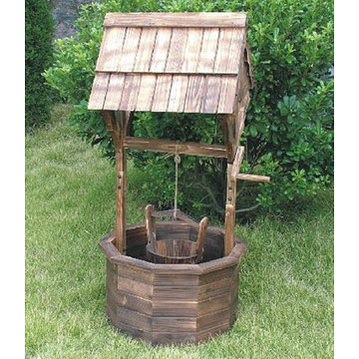The reusable-shopping-bags-are-full-of-bacteria stories are uh, being recycled, but at least the alarmist nature has subsided. Barrett Newkirk of the Desert Sun writes that while reusable shopping bags can contain bacteria (except not citing pathogens) that the risk reduction solution is pretty easy – wash them. Newkirk cites the only published microbiological-risks-in-bags study from Williams and colleagues (2011) and interviews co-author Ryan Sinclair. 
I classify them as pretty dirty things, like the bottom of your shoes,” said Ryan Sinclair of the Loma Linda University School of Public Health. Sinclair recommended that the bags be treated like the dirtiest laundry and washed in hot water with a detergent and disinfectant. He said he puts his own bags in the washer with socks and underwear, and that even the polyurethane bags can be washed five or six times before they start to fall apart.
Putting the bags in the washing machine and dryer about once a week is a good strategy, Sinclair said. Washing with a spray cleaner and cloth isn’t effective, he said, because it tends to miss dirt deep in corners and creases.
A 2011 study from scientists at the University of Arizona and Loma Linda University found only 3% of shoppers with multi-use bags said they regularly washed them. The same study found bacteria in 99% of bags tested; half carried coliform bacteria while 8% carried E. coli, an indicator of fecal contamination.
The paper which Sinclair co-authored showed that generic E. coli can be floating around in bags, recoverable in 7 of the 84 bags in the study.
The next question is it likely to be transferred to any ready-to-eat foods, or somehow to food contact surfaces in the home?
Just because the bacteria might be there, doesn’t mean it can contaminate a ready-to-eat food. No one has presented data to support that. In a cross-contamination event there is a dilution effect when it comes to transfer and it needs some sort of matrix to facilitate the transfer. And while reporting coliform in bags sounds scary, the group of bacteria are naturally associated with plant material and are not often thought as major public health risks, or even good indicators of pathogen contamination on food or surfaces.
A separate study published in 2012 traced a norovirus outbreak among a girls’ soccer team from Oregon to a reusable bag stored in a hotel bathroom used by an ill team member.
Back when that paper was published I exchanged emails with the insightful and entertaining Bill Keene (who is missed), one of the folks who investigated that outbreak and coauthor of the paper cited, he confirmed that the type of bag was irrelevant: “This story had nothing to do with disposable bags, reusable bags, or anything similar. It is about how when norovirus-infected people vomit, they shower their surroundings with an invisible fog of viruses—viruses that can later infect people who have contact with those surroundings and their fomites. In this case these were was a reusable bag and its contents—sealed packages of Oreos, Sun Chips, and grapes— but it could just have easily been a disposable plastic bag, a paper bag, a cardboard box, the flush handle on the toilet, the sink, the floor, or the nearby countertops.”
Newkirk states that Sinclair is working on some new work to show pathogen movement throughout a grocery store.
The study, conducted at a central California grocery store in early 2013, involved spraying bags with a bacteria not harmful to humans but transported in a similar way to norovirus, a leading cause of gastrointestinal disease linked to more than 19 million illnesses each year in the United States.
I look forward to seeing the peer-reviewed output. We keep our reusable bags dry; wash them every couple of weeks and use one-use bags for raw meat.
 In an analysis of ice cube samples collected from bars, restaurants and canteens around Switzerland last year, 26 percent fell short of legal health standards, said Sunday paper SonntagsBlick, which released the figure prior to the report’s official publication.
In an analysis of ice cube samples collected from bars, restaurants and canteens around Switzerland last year, 26 percent fell short of legal health standards, said Sunday paper SonntagsBlick, which released the figure prior to the report’s official publication.


 The recommendations call for annual well testing, especially for nitrate and microorganisms such as coliform bacteria, which can indicate that sewage has contaminated the well. The recommendations point out circumstances when additional testing should occur, including testing when there is a new infant in the house or if the well is subjected to structural damage.
The recommendations call for annual well testing, especially for nitrate and microorganisms such as coliform bacteria, which can indicate that sewage has contaminated the well. The recommendations point out circumstances when additional testing should occur, including testing when there is a new infant in the house or if the well is subjected to structural damage..jpg)